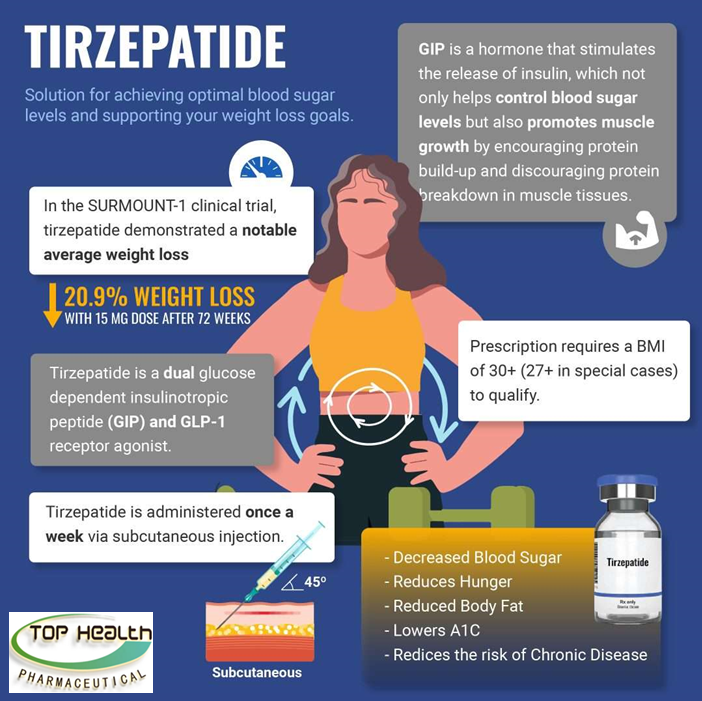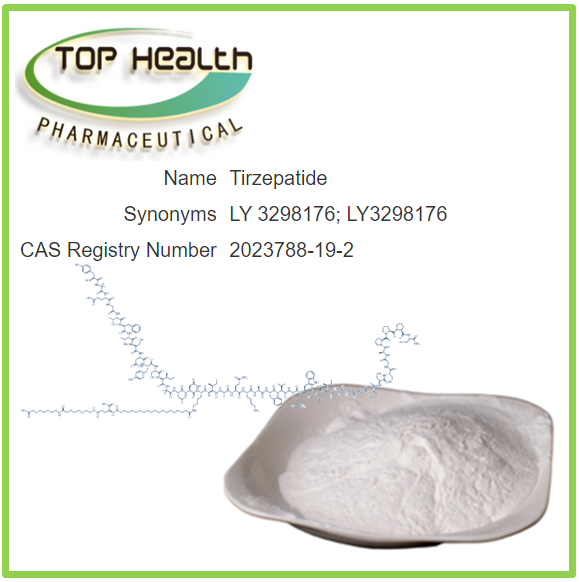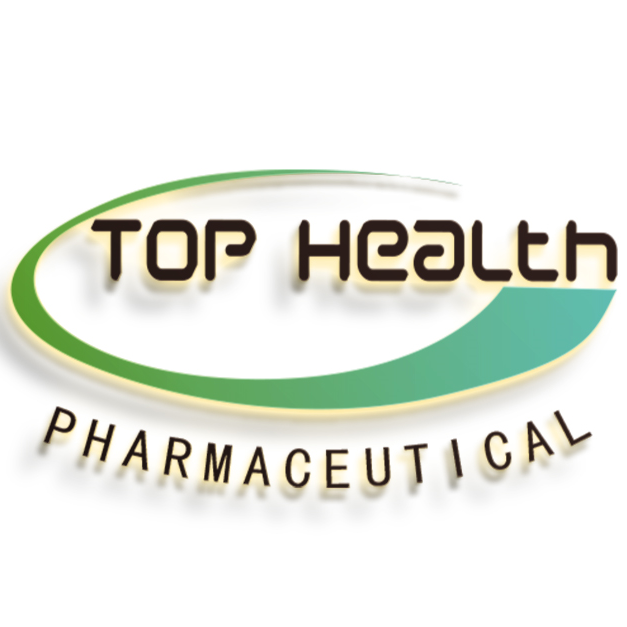
Actived Pharmaceutical Ingredient, Medication
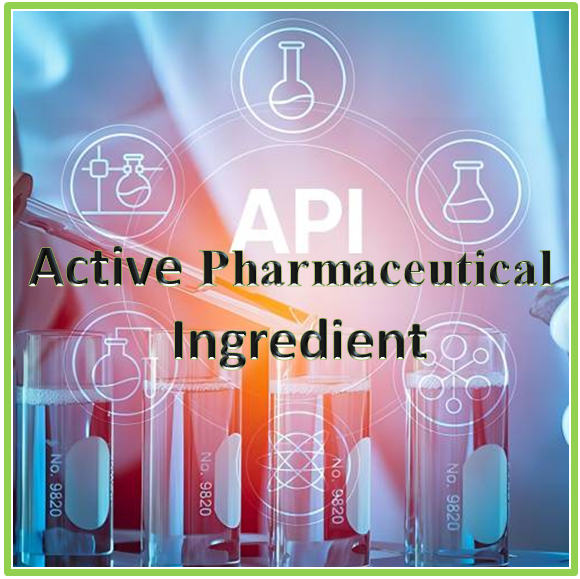
- publish:2024-04-09 12:32:20
A medication (also called medicament, medicine, pharmaceutical drug, medicinal drug or simply drug) is a drug used to diagnose, cure, treat, or prevent disease. Drug therapy (pharmacotherapy) is an important part of the medical field and relies on the science of pharmacology for continual advancement and on pharmacy for appropriate management.
Drugs are classified in many ways. One of the key divisions is by level of control, which distinguishes prescription drugs (those that a pharmacist dispenses only on the order of a physician, physician assistant, or qualified nurse) from over-the-counter drugs (those that consumers can order for themselves). Another key distinction is between traditional small molecule drugs, usually derived from chemical synthesis, and biopharmaceuticals, which include recombinant proteins, vaccines, blood products used therapeutically (such as IVIG), gene therapy, monoclonal antibodies and cell therapy (for instance, stem cell therapies). Other ways to classify medicines are by mode of action, route of administration, biological system affected, or therapeutic effects. An elaborate and widely used classification system is the Anatomical Therapeutic Chemical Classification System. The World Health Organization keeps a list of essential medicines.
Drug discovery and drug development are complex and expensive endeavors undertaken by pharmaceutical companies, academic scientists, and governments. As a result of this complex path from discovery to commercialization, partnering has become a standard practice for advancing drug candidates through development pipelines. Governments generally regulate what drugs can be marketed, how drugs are marketed, and in some jurisdictions, drug pricing. Controversies have arisen over drug pricing and disposal of used drugs.
Definition
Medication is a medicine or a chemical compound used to treat or cure illness. According to Encyclopædia Britannica, medication is “a substance used in treating a disease or relieving pain”.
As defined by the National Cancer Institute, dosage forms of medication can include tablets, capsules, liquids, creams, and patches. Medications can be given in different ways, such as by mouth, by infusion into a vein, or by drops put into the ear or eye. A medication that does not contain an active ingredient and is used in research studies is called a placebo
In Europe, the term is “medicinal product”, and it is defined by EU law as:
- “Any substance or combination of substances presented as having properties for treating or preventing disease in human beings; or”
- “Any substance or combination of substances which may be used in or administered to human beings either with a view to restoring, correcting or modifying physiological functions by exerting a pharmacological, immunological or metabolic action or to making a medical diagnosis.
In the US, a “drug” is:
- A substance (other than food) intended to affect the structure or any function of the body.
- A substance intended for use as a component of a medicine but not a device or a component, part, or accessory of a device.
- A substance intended for use in the diagnosis, cure, mitigation, treatment, or prevention of disease.
- A substance recognized by an official pharmacopeia or formulary.
- Biological products are included within this definition and are generally covered by the same laws and regulations, but differences exist regarding their manufacturing processes (chemical process versus biological process).
Usage[edit]
Drug use among elderly Americans has been studied; in a group of 2377 people with an average age of 71 surveyed between 2005 and 2006, 84% took at least one prescription drug, 44% took at least one over-the-counter (OTC) drug, and 52% took at least one dietary supplement; in a group of 2245 elderly Americans (average age of 71) surveyed over the period 2010 – 2011, those percentages were 88%, 38%, and 64%.
Classification
One of the key classifications is between traditional small molecule drugs; usually derived from chemical synthesis and biological medical products; which include recombinant proteins, vaccines, blood products used therapeutically (such as IVIG), gene therapy, and cell therapy (for instance, stem cell therapies).[citation needed]
Pharmaceuticals or drugs or medicines are classified into various other groups besides their origin on the basis of pharmacological properties like mode of action and their pharmacological action or activity,[8] such as by chemical properties, mode or route of administration, biological system affected, or therapeutic effects. An elaborate and widely used classification system is the Anatomical Therapeutic Chemical Classification System (ATC system). The World Health Organization keeps a list of essential medicines.
A sampling of classes of medicine includes:
- Antipyretics: reducing fever (pyrexia/pyresis)
- Analgesics: reducing pain (painkillers)
- Antimalarial drugs: treating malaria
- Antibiotics: inhibiting germ growth
- Antiseptics: prevention of germ growth near burns, cuts,and wounds
- Mood stabilizers: lithium and valproate
- Hormone replacements: Premarin
- Oral contraceptives: Enovid, “biphasic” pill, and “triphasic” pill
- Stimulants: methylphenidate, amphetamine
- Tranquilizers: meprobamate, chlorpromazine, reserpine, chlordiazepoxide, diazepam, and alprazolam
- Statins: lovastatin, pravastatin, and simvastatin
Pharmaceuticals may also be described as “specialty”, independent of other classifications, which is an ill-defined class of drugs that might be difficult to administer, require special handling during administration, require patient monitoring during and immediately after administration, have particular regulatory requirements restricting their use, and are generally expensive relative to other drugs.[9]
Types of medicines
|
|
This section may have too many subsection headers. (April 2019)
|
For the digestive system
- Lower digestive tract: laxatives, antispasmodics, antidiarrhoeals, bile acid sequestrants, opioids.
- Upper digestive tract: antacids, reflux suppressants, antiflatulents, antidopaminergics, proton pump inhibitors (PPIs), H2-receptor antagonists, cytoprotectants, prostaglandin analogues.
For the cardiovascular system
- Affecting blood pressure/(antihypertensive drugs): ACE inhibitors, angiotensin receptor blockers, beta-blockers, α blockers, calcium channel blockers, thiazide diuretics, loop diuretics, aldosterone inhibitors.
- Coagulation: anticoagulants, heparin, antiplatelet drugs, fibrinolytics, anti-hemophilic factors, haemostatic drugs.
- General: β-receptor blockers (“beta blockers”), calcium channel blockers, diuretics, cardiac glycosides, antiarrhythmics, nitrate, antianginals, vasoconstrictors, vasodilators.
- HMG-CoA reductase inhibitors (statins) for lowering LDL cholesterol inhibitors: hypolipidaemic agents.
For the central nervous system
Drugs affecting the central nervous system include psychedelics, hypnotics, anaesthetics, antipsychotics, eugeroics, antidepressants (including tricyclic antidepressants, monoamine oxidase inhibitors, lithium salts, and selective serotonin reuptake inhibitors (SSRIs)), antiemetics, anticonvulsants/antiepileptics, anxiolytics, barbiturates, movement disorder (e.g., Parkinson’s disease) drugs, nootropics, stimulants (including amphetamines), benzodiazepines, cyclopyrrolones, dopamine antagonists, antihistamines, cholinergics, anticholinergics, emetics, cannabinoids, and 5-HT (serotonin) antagonists.
For pain
The main classes of painkillers are NSAIDs, opioids, and local anesthetics.
For consciousness (anesthetic drugs)
Some anesthetics include benzodiazepines and barbiturates.
For musculoskeletal disorders
The main categories of drugs for musculoskeletal disorders are: NSAIDs (including COX-2 selective inhibitors), muscle relaxants, neuromuscular drugs, and anticholinesterases.
For the eye
- Anti-allergy: mast cell inhibitors.
- Anti-fungal: imidazoles, polyenes.
- Anti-glaucoma: adrenergic agonists, beta-blockers, carbonic anhydrase inhibitors/hyperosmotics, cholinergics, miotics, parasympathomimetics, prostaglandin agonists/prostaglandin inhibitors, nitroglycerin.
- Anti-inflammatory: NSAIDs, corticosteroids.
- Antibacterial: antibiotics, topical antibiotics, sulfa drugs, aminoglycosides, fluoroquinolones.
- Antiviral drugs.
- Diagnostic: topical anesthetics, sympathomimetics, parasympatholytics, mydriatics, cycloplegics.
- General: adrenergic neurone blocker, astringent.
For the ear, nose, and oropharynx
Antibiotics, sympathomimetics, antihistamines, anticholinergics, NSAIDs, corticosteroids, antiseptics, local anesthetics, antifungals, and cerumenolytics.
For the respiratory system
Bronchodilators, antitussives, mucolytics, decongestants, inhaled and systemic corticosteroids, beta2-adrenergic agonists, anticholinergics, mast cell stabilizers, leukotriene antagonists.
For endocrine problems
Androgens, antiandrogens, estrogens, gonadotropin, corticosteroids, human growth hormone, insulin, antidiabetics (sulfonylureas, biguanides/metformin, thiazolidinediones, insulin), thyroid hormones, antithyroid drugs, calcitonin, diphosphonate, vasopressin analogues.
For the reproductive system or urinary system
Antifungal, alkalinizing agents, quinolones, antibiotics, cholinergics, anticholinergics, antispasmodics, 5-alpha reductase inhibitor, selective alpha-1 blockers, sildenafils, fertility medications.
For contraception
- Hormonal contraception.
- Ormeloxifene.
- Spermicide.
For obstetrics and gynecology
NSAIDs, anticholinergics, haemostatic drugs, antifibrinolytics, Hormone Replacement Therapy (HRT), bone regulators, beta-receptor agonists, follicle stimulating hormone, luteinising hormone, LHRH, gamolenic acid, gonadotropin release inhibitor, progestogen, dopamine agonists, oestrogen, prostaglandins, gonadorelin, clomiphene, tamoxifen, diethylstilbestrol.
For the skin
Emollients, anti-pruritics, antifungals, antiseptics, scabicides, pediculicides, tar products, vitamin A derivatives, vitamin D analogues, keratolytics, abrasives, systemic antibiotics, topical antibiotics, hormones, desloughing agents, exudate absorbents, fibrinolytics, proteolytics, sunscreens, antiperspirants, corticosteroids, immune modulators.
For infections and infestations
Antibiotics, antifungals, antileprotics, antituberculous drugs, antimalarials, anthelmintics, amoebicides, antivirals, antiprotozoals, probiotics, prebiotics, antitoxins, and antivenoms.
For the immune system
Vaccines, immunoglobulins, immunosuppressants, interferons, and monoclonal antibodies.
For allergic disorders
Anti-allergics, antihistamines, NSAIDs,[medical citation needed] corticosteroids.
For nutrition
Tonics, electrolytes and mineral preparations (including iron preparations and magnesium preparations), parenteral nutrition, vitamins, anti-obesity drugs, anabolic drugs, haematopoietic drugs, food product drugs.
For neoplastic disorders
Cytotoxic drugs, therapeutic antibodies, sex hormones, aromatase inhibitors, somatostatin inhibitors, recombinant interleukins, G-CSF, erythropoietin.
For diagnostics
Contrast media.
For euthanasia
A euthanaticum is used for euthanasia and physician-assisted suicide. Euthanasia is not permitted by law in many countries, and consequently, medicines will not be licensed for this use in those countries.
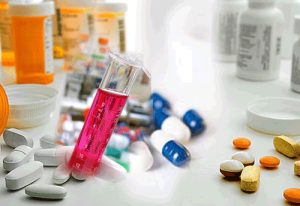
SEND A MESSAGE
If you are interested in our products and want to know more details,please leave a message here,we will reply you as soon as we can.
